by Paula Dugger, M.Ed.
I remember vividly when my mom excitedly announced that my 3-year-old nephew had learned his ABCs by singing the “Alphabet Song.” While he could recite the names of letters, he could not match the names to the symbols. However, it was a start to learning one of the many components associated with the alphabet.
The “Alphabet Song” is most often a child’s first encounter with their “ABC’s”. As a first grade and Reading Recovery teacher, I found there were always students entering my classroom with the song as their only experience with the alphabet. While some could write their name, many had not yet made the connection that letter symbols have names and sounds. Twenty-six letters represent 44 different sounds, or phonemes.
Research indicates that a beginning reader’s knowledge of the alphabet is a powerful predictor of their success in learning to read.
Knowing letter names is also related to a child’s success in learning letter sounds and recognizing words.
One of my favorite ways to engage young children in learning the alphabet is to provide them with colorful magnetic letters. The letters are colorful and three-dimensional, and they lend themselves to movement and touch. Activities using magnetic letters can help cognitive development in young children. Children learn many skills by manipulating magnetic letters:
- Categorizing by sorting, matching, and classifying
- Differentiating colors, shapes, and letters
- Grasping the concept of letters by name, sight, shape, and sound
- Grasping the concept of words by sight or by putting together sounds
Additionally, it is essential to expose children to print so they can visually recognize individual letters and associate sounds with those letters in forming words.
The use of alphabet books is one tool that has helped me reinforce letter knowledge with students over the years. Guiding Reading Recovery students to make alphabet books gives them a chance at a sense of ownership by letting them personalize the words and pictures associated with each letter.

A few years ago, I discovered Hameray’s Letter Buddies and Letter Buddies Starters . The Letter Buddies set has a book for each letter (with the exception of combining q/u and x/y/z) and teaches initial letter sounds using words. Each book highlights a letter and places the initial sound in the context of a word. The Letter Buddies Starter books utilizes the same words, placing them in the context of simple sentences. The photos and illustrations bring meaning to the words and are easily decodable for beginning readers. These books have been an excellent time-saving tool for me, and I am currently using them with my grandchildren. For those unfamiliar with the Letter Buddies series, check out the associate Teacher's Guide , it's full of useful information.
Important Things to Know When Teaching Letter Recognition :
- Explicit teaching is the best, as concluded by the 2000 National Reading Panel’s report.
- Avoid teaching in alphabetical sequence, instead teaching high-frequency letters first.
- Teaching the letters in a child’s name will be motivational if the child does not already know them.
-
Teach initial letters/sounds that children are familiar with, or may recognize in print, such as the letter “ m ” or sound heard or seen at the beginning of “ McDonald’s ” or “ mom, ” etc.).

- Refrain from teaching letters that are visually confusing side-by-side (such as p/q , b/d , v/w , h/n , etc.) until the child has a good command of most of the letters.
- Teach both the upper-case and lower-case versions of each letter at the same time. ( A a , E e , G g , etc.)
- A sequence for instruction often used to teach letter recognition is this:
- Identify letters by name.
- Identify each letter by name and sight (both upper and lower case).
- Identify sounds represented by each letter.
Ways to Help Students Improve Letter Recognition Through Practice
Students can practice by engaging in activities that provide opportunities for them to see, explore, and compare letters such as:
- Frequent practice in writing letters on various surfaces using as colored markers, crayons, pencils, chalk, or shaving cream.
- Utilizing magnetic letters provides endless opportunities for touching and moving letters, while comparing and contrasting different letter shapes.
-
Using magnetic letters to sort into categories:
- Similar shapes
- Upper-case and lower-case versions of each letter
- Making simple words
Determining When to Move On With Students or Reteach:
- Assess & monitor all students individually to determine progress. Students will have a wide range of knowledge and experience with letter recognition skills. Every student is unique.
- Use small groups for targeted instruction that will meet the needs of each learner. Individuals within each group will most likely be ever-changing. Some students will learn easily within a short period, some will keep pace with the instruction, and others will need more time or reteaching to master the content.
- Document learning informally and formally. Documentation is a key component to determining the strengths and weaknesses of all students.
Learning to recognize letters and associate each with its corresponding sound is crucial for burgeoning readers. I hope that you'll be able to implement some of the tips I've mentioned above into your own teachings!
~~~

Paula Dugger has a B.S, M.Ed., and Reading Specialist Certification from The University of Texas at Austin and Reading Recovery training through Texas Woman’s University. A former first grade teacher, reading coordinator and Reading Recovery Teacher Leader, Paula has served as an adjunct professor at Texas Woman’s University and Dallas Baptist University teaching reading classes for current and future teachers. She also does educational consulting and training through Dugger Educational Consulting, LLC, in addition to writing blogs and early literacy books for Hameray. She can be contacted at pdugger11@gmail.com
Paula and her husband Neil have two married daughters and are grandparents to Carter, Blake, and Faye. She raises registered Texas Longhorns on the weekends. Her longhorn cattle are featured in her first book published by Hameray Publishing group, Longhorns . She has authored six additional titles in the Kaleidoscope Collection , including Cowboy , Dinner , Going Up and Down , Round, Not Round , and more .
~~~











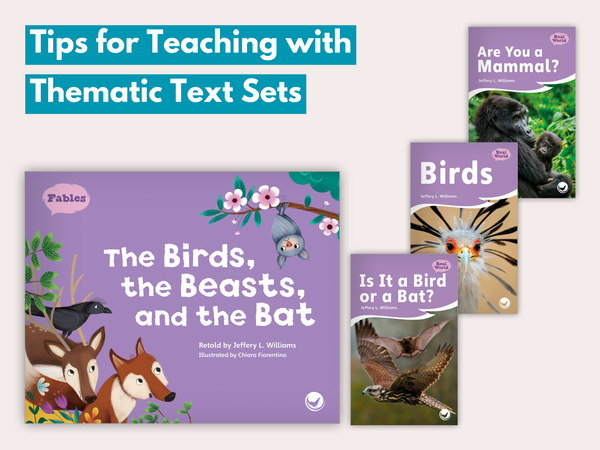
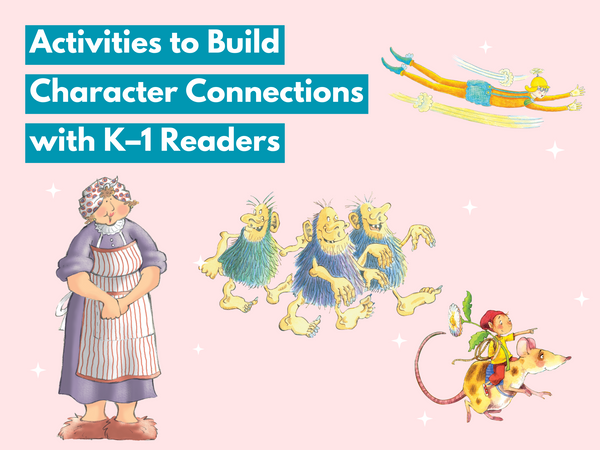
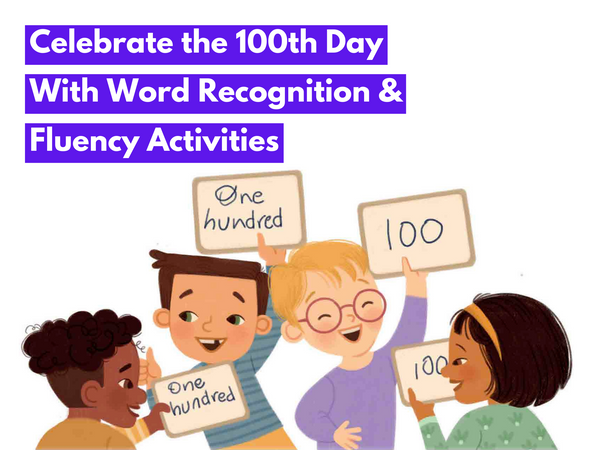
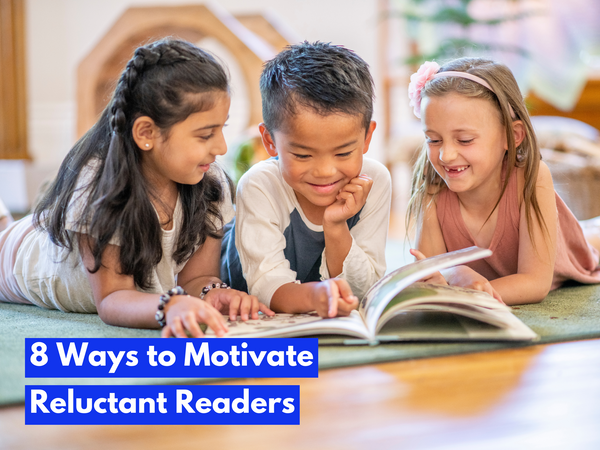
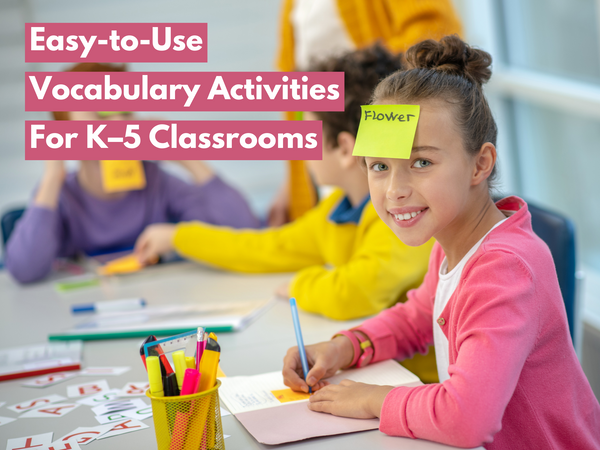
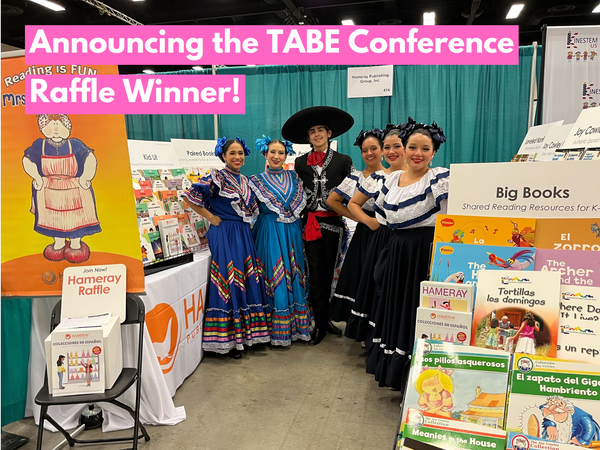
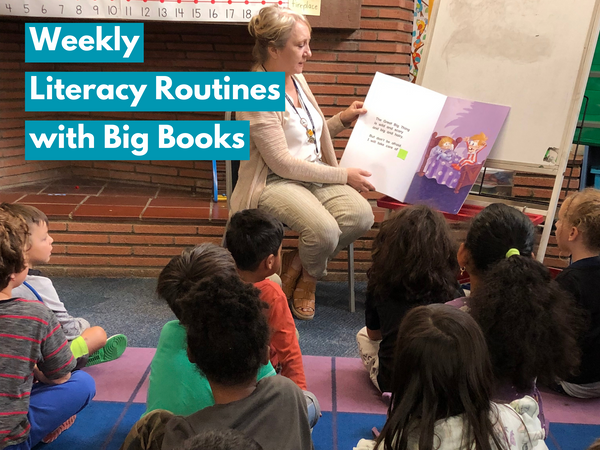
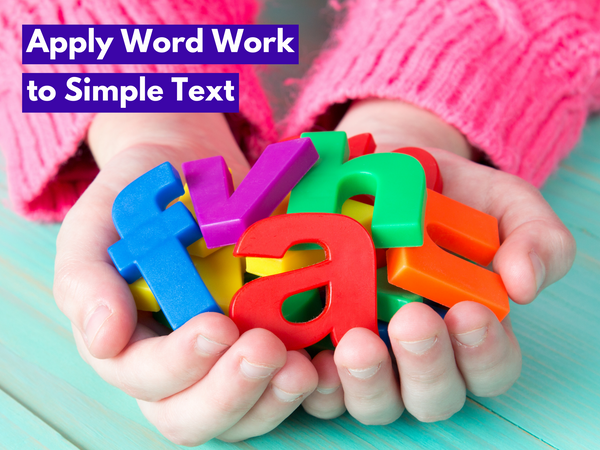
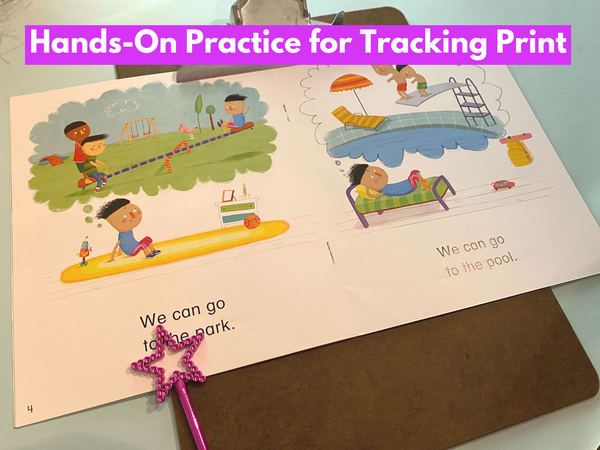
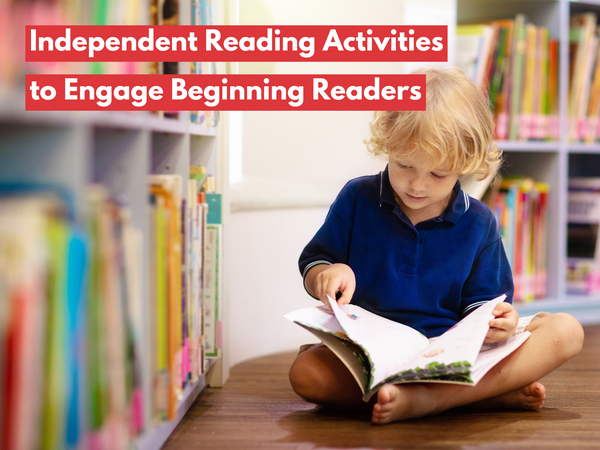
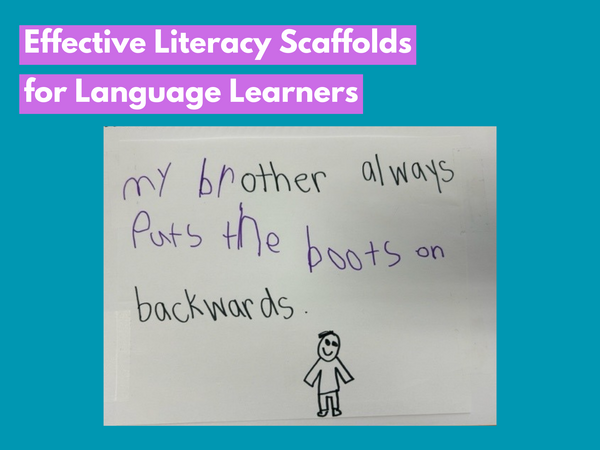
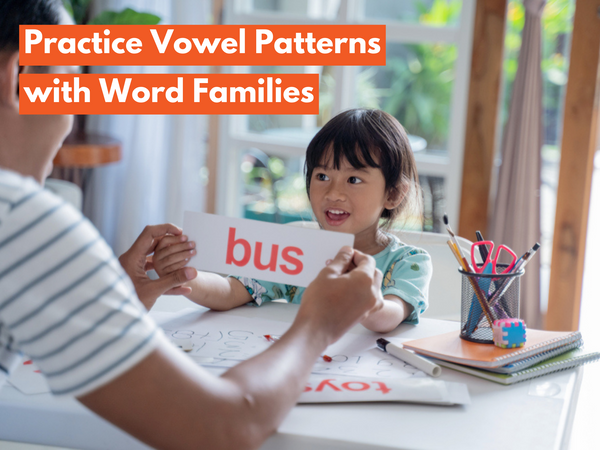
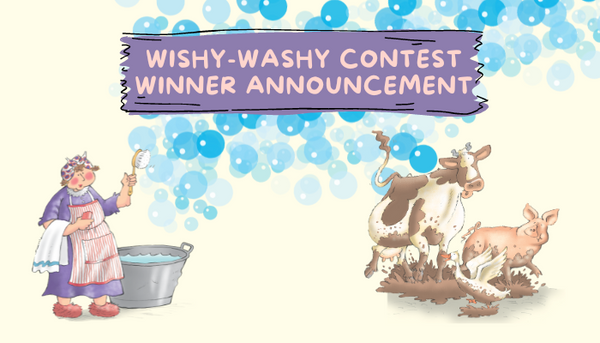
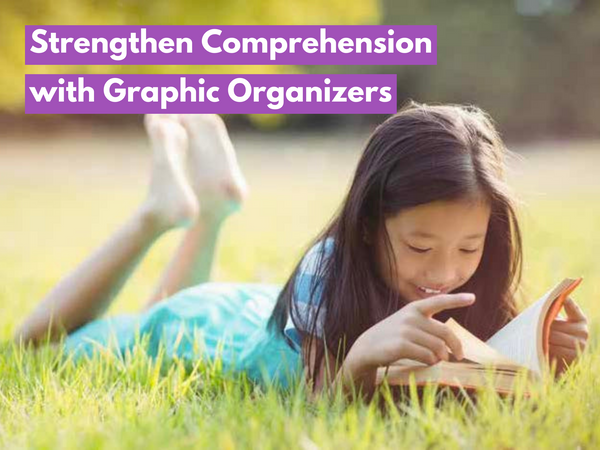
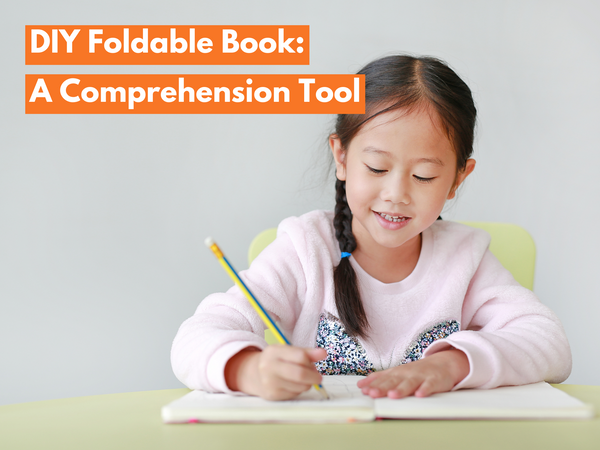
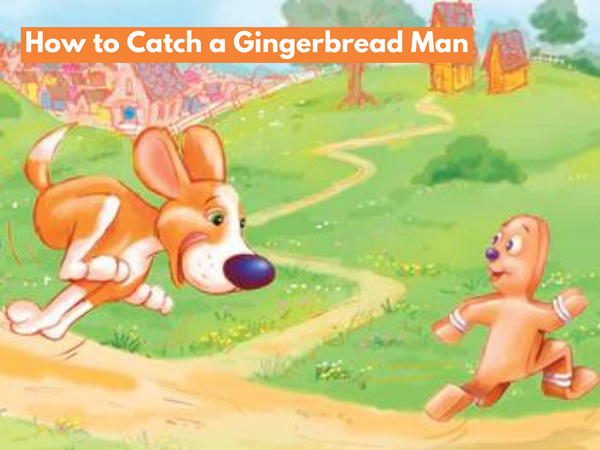
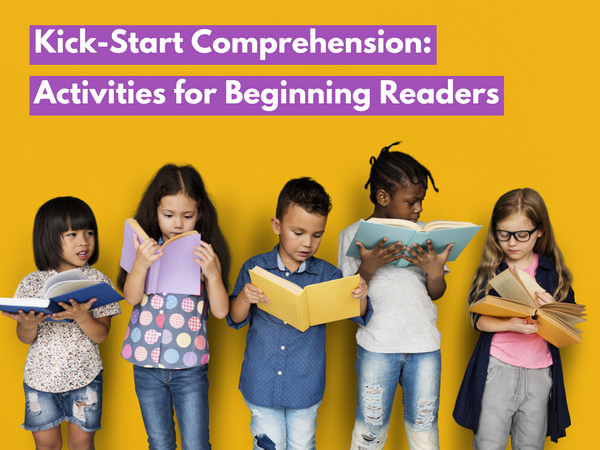
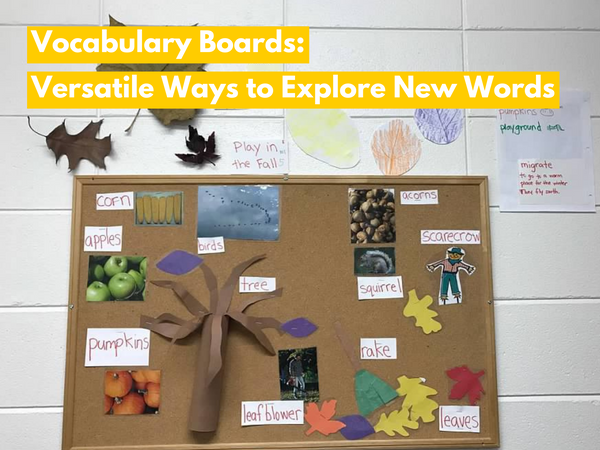
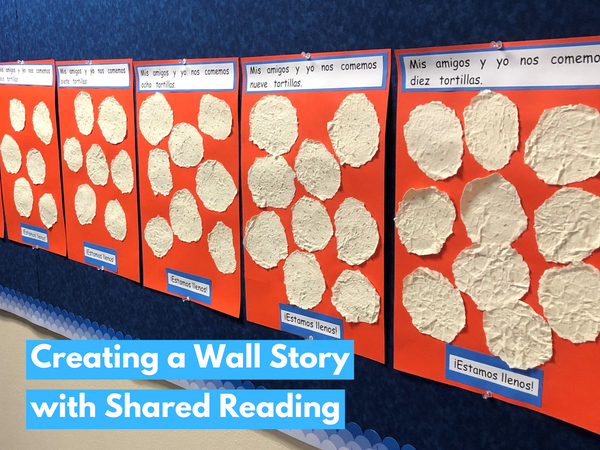
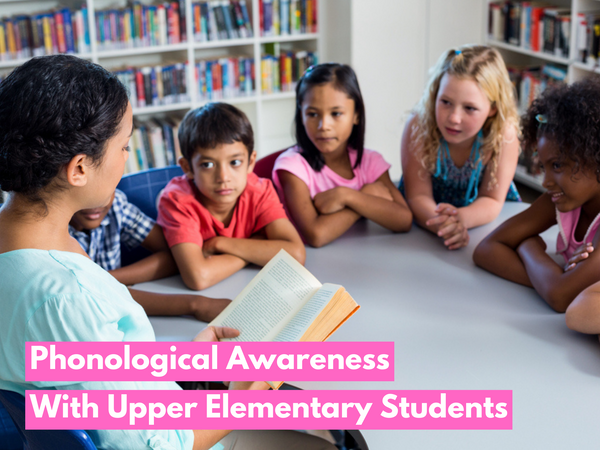
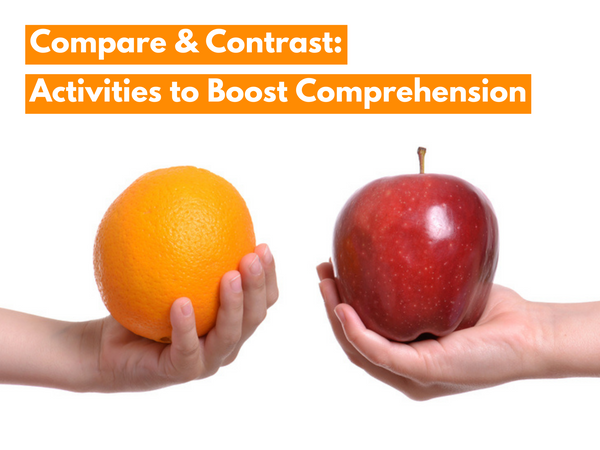
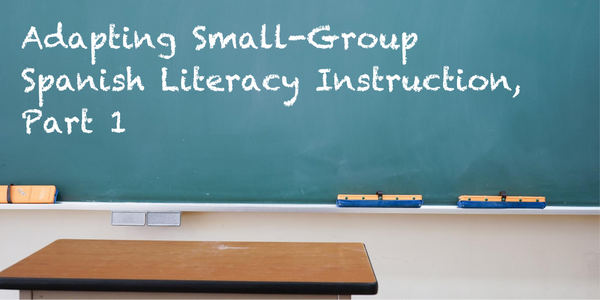
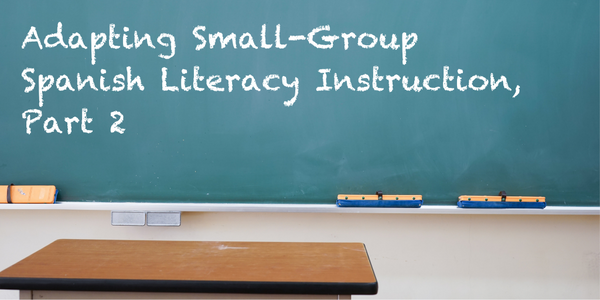
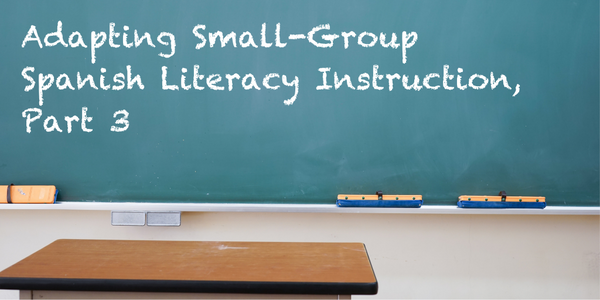
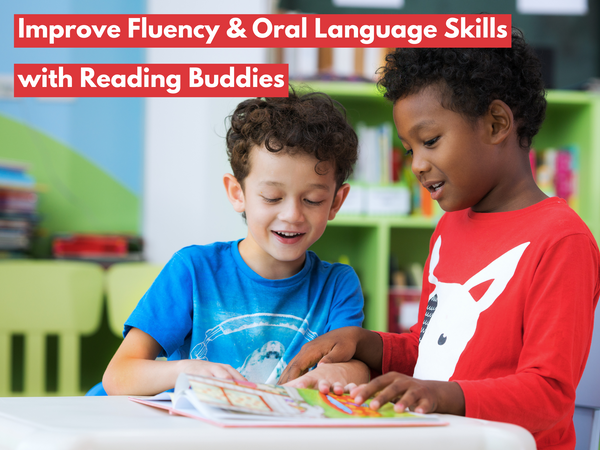
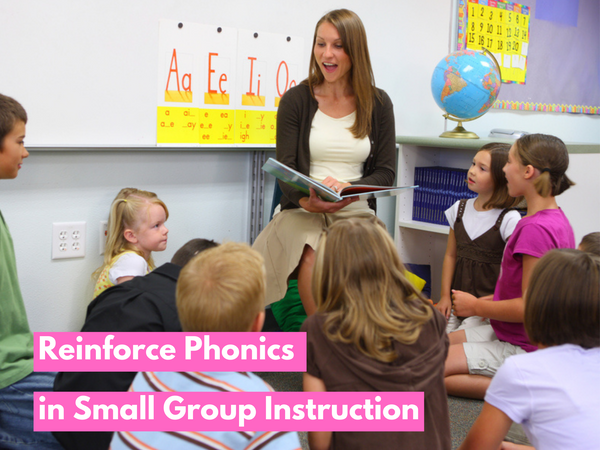
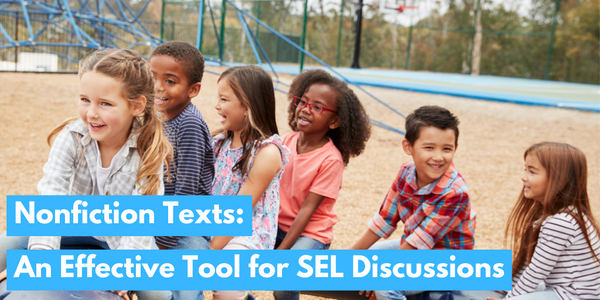
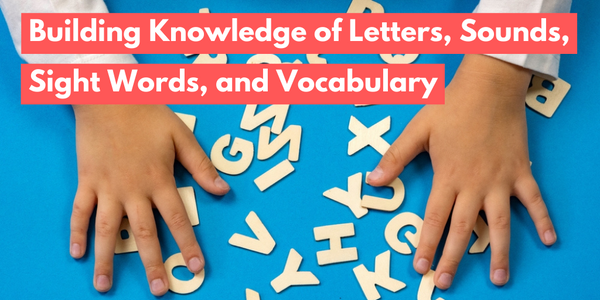
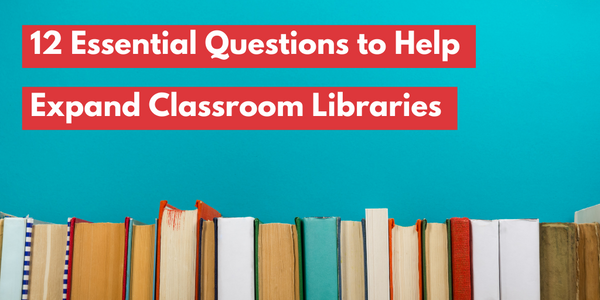
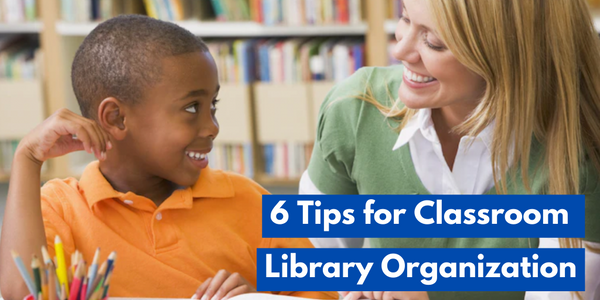
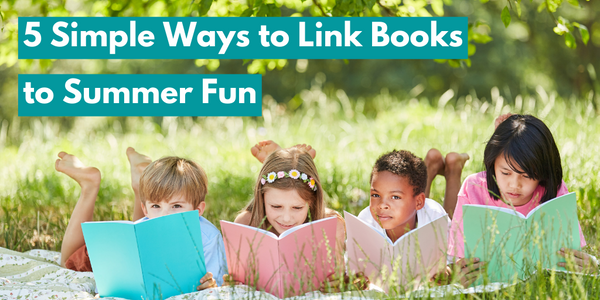
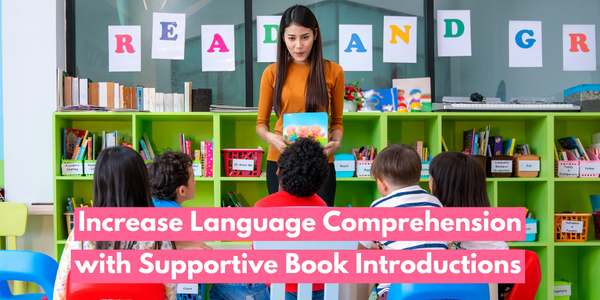
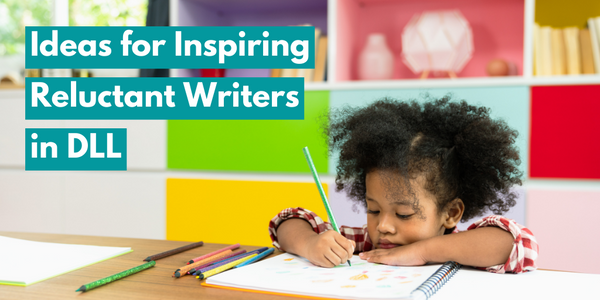
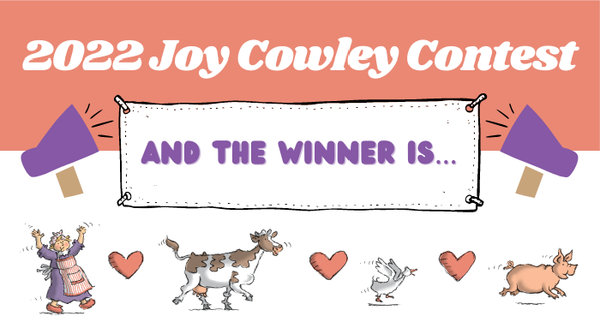
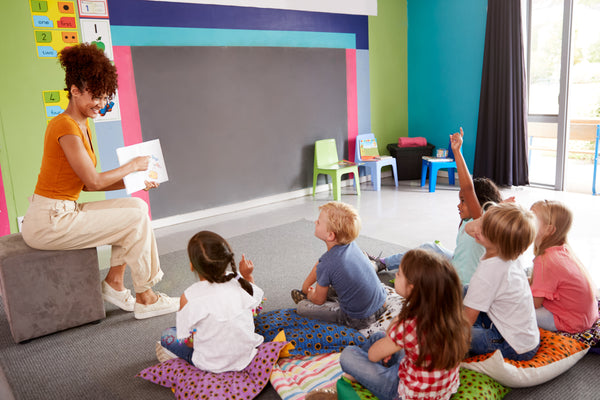

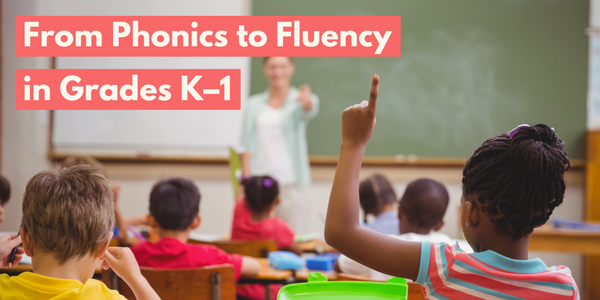
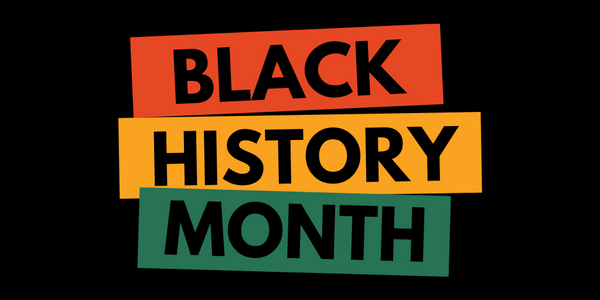
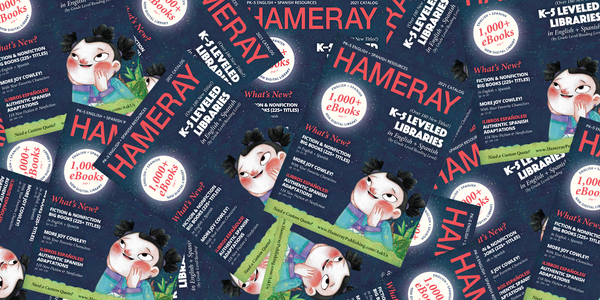
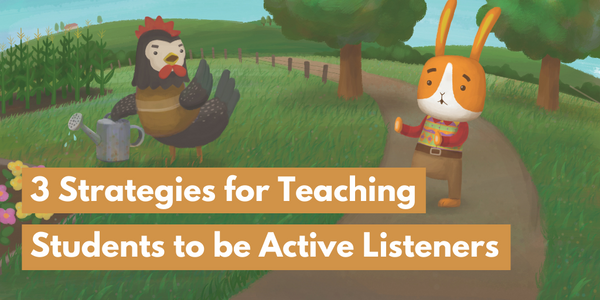
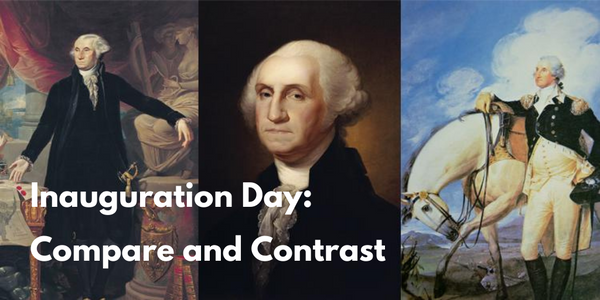
![6 Fun and Easy Activities to Practice Sequencing [Grades K-1]](http://www.hameraypublishing.com/cdn/shop/articles/Red_Typographic_Announcement_Twitter_Post-5_bf1ae163-a998-4503-aa03-555b038d1b76_600x.png?v=1689961568)